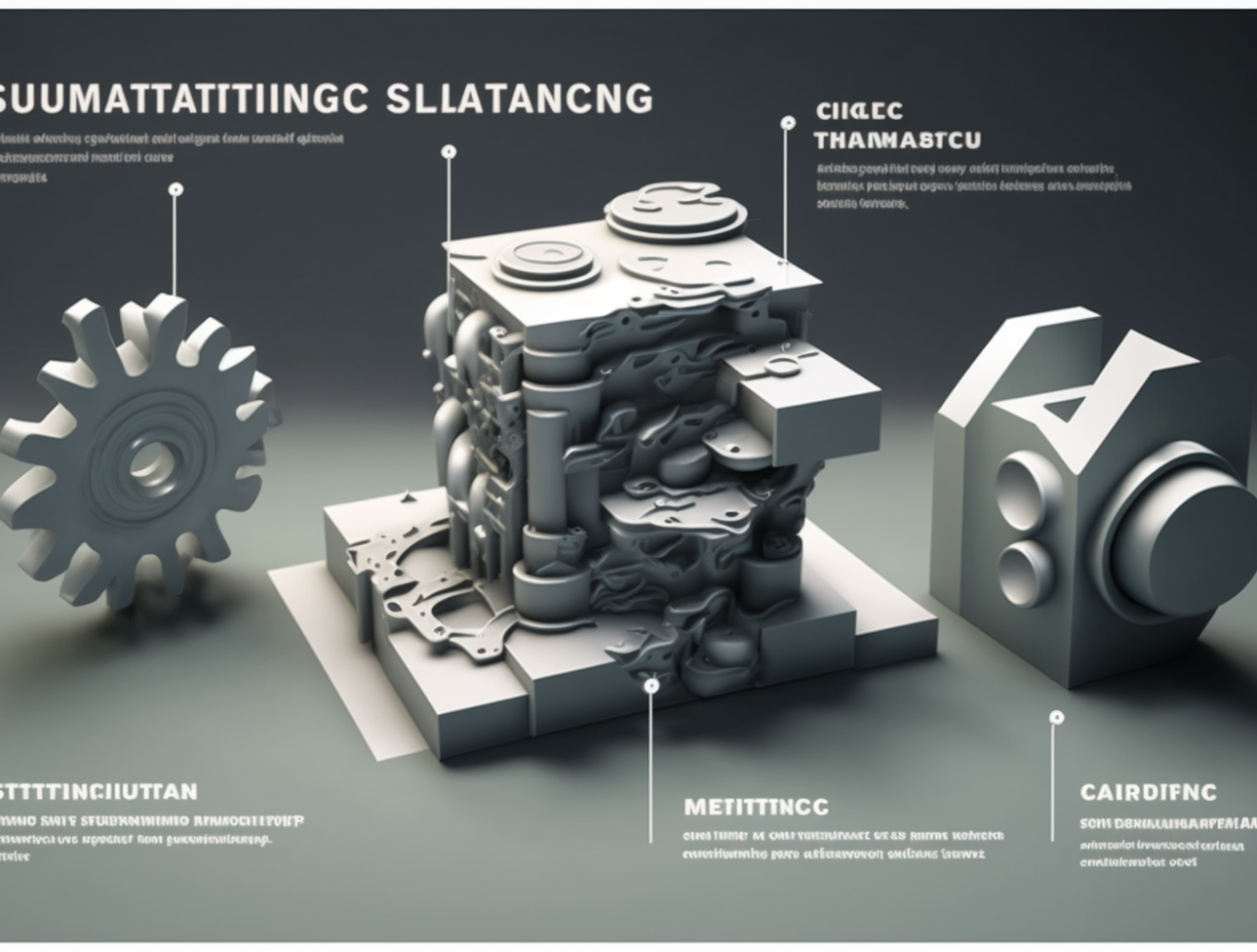The prototyping phase of an innovative idea, with a view to successful development, has technical and legal implications. In this article:
What is the relationship between prototyping and patenting
There is a clear relationship between prototyping and patenting. To effectively manage the prototyping phase, practitioners adopt development and/or prototyping contracts that include special confidentiality clauses. The secrecy clause prevents indeed those who come into contact with the innovative product from making it public before the patent application is filed.
The supplier in charge of 3d printing the prototype or other partners, coming into contact with the project, in the absence of legal constraints, could unwisely show the innovative product to other parties or even decide to make use of it without seeking permission from the inventor.
As of today, a prototype made by 3d printing is very accurate and almost indistinguishable from the future finished product. However, while such accuracy is an advantage in terms of testing, allowing anyone to immediately appreciate the product’s features, on the other hand, said accuracy also increases the risk of misappropriation of the most valuable inventions.
The different types of prototype
Prototyping is used to test the invention to assess its feasibility and potential in various aspects. Depending on the purpose, there are various types of prototypes.
The conceptual prototype may consist of a verbal description, a diagram or a physical model. It is, however, a preliminary and only conceptual representation of the product that usually occurs before it is actually developed.
The functional prototype, depending on requirements, may be given by a very simple or more articulated version of the product. The manufacturing technology is neglected to test primarily how the end user will relate to the product.
The main focus of the technical prototype is usually to evaluate the materials and manufacturing technologies to be adopted. The evaluation also includes production cycles and product performance.
A pre-series prototype is used to test the functionality, quality and reliability of the finished product. It can also be used to gather feedback from customers and to test their response. In addition, it can help identify and correct any problems before the product is actually launched on a large scale.
Then, once the prototype has been successfully developed and tested, every inventor’s desire is to move on to patenting to safeguard his or her rights. However, mismanagement of the prototyping stage, done by neglecting to safeguard confidentiality, is likely to destroy the possibility of obtaining a valid patent. Let’s see why.
Patent protection of innovative products
The prototyping stage is a crucial step in the development process of any product. When the product turns out to be innovative, patenting should be addressed in order to obtain adequate legal protection on the invention.
As a matter of practice, it is possible to obtain a patent for invention provided that the legal requirements are met and a timely application is made to the relevant offices.
A product may be innovative in several respects: aesthetic, functional or strictly technical. In all these cases, what is always essential in order to obtain a valid patent is the observance of secrecy until the day the application is filed.
A reason for this is that if the invention is made public before the patent application is filed, the patent would risk being invalid due to so-called destructive pre-disclosure. Let’s see exactly what this is all about.
Confidentiality agreements under development
The risk of destructive pre-disclosure is the main reason why every prototyping contract always contains at least one confidentiality clause.
When managing innovative models or prototypes but also, more simply, when one is in the startup phase of a company, it is very important to sign a confidentiality agreement (NDA or non-disclosure agreement) precisely to circumscribe the risk of misappropriation of confidential information.
As a matter of fact, according to Article 45 of the Italian Industrial Property Code, “inventions, of any field of the technique, which are new…” that is, not yet included in the state of the art, may be the subject of a patent for invention.
Since it automatically becomes part of the known technique any invention that has been made “accessible to the public in the territory of the state or abroad before the date of filing of the patent application” (See Article 46, Paragraph 2, Italian Intellectual Property Code), a basic rule follows from this.
In order not to invalidate the patent, innovative inventions and products must be kept confidential until the day the patent application is filed.
In a fairly recent case, a patent was fortunately held valid, even though the innovative machinery had already been shown to some business partners-only because specific confidentiality agreements had been signed: “Confidentiality agreements between supplier and customer prevent patent predisclosure.” [Court of Appeals of Milan, Sec. spec. in business, Sent., 14/05/2020, No. 1094].
In short, confidentiality is not an issue to be taken lightly. But back to prototyping.
Rapid prototyping and related risks
We refer to “rapid prototyping” in terms of techniques conceptually related to additive manufacturing and 3D printing.
The prototype is created very quickly by starting with a CAD design and adding material through several possible techniques:
There are also so-called CNC tools where, unlike the techniques mentioned above, the production of the model is by subtraction, as in sculpture. Starting from solid blocks, the model is created thanks to advanced machines that, using their computing power, accurately and quickly remove excess material.
Rapid prototyping undeniably has several advantages. Touching a prototype is always better than merely visualizing it through a rendering. In addition, a realistic prototype helps communication with investors and potential customers.
However, the ease with which we approach external partners often leads to underestimating confidentiality profiles, putting patenting at risk due to destructive predisclosure.
Intellectual property aspects are always crucial in the prototyping phase and, with them, confidentiality ones: every entrepreneur should always keep these implications in mind so as not to risk losing the advantage that only a patent is capable of guaranteeing.
© Canella Camaiora S.t.A. S.r.l. - All rights reserved.
Publication date: 14 February 2023
Last update: 7 May 2025
Textual reproduction of the article is permitted, even for commercial purposes, within the limit of 15% of its entirety, provided that the source is clearly indicated. In the case of online reproduction, a link to the original article must be included. Unauthorised reproduction or paraphrasing without indication of source will be prosecuted.

Arlo Canella
Managing Partner of the Canella Camaiora Law Firm, member of the Milan Bar Association, passionate about Branding, Communication and Design.
